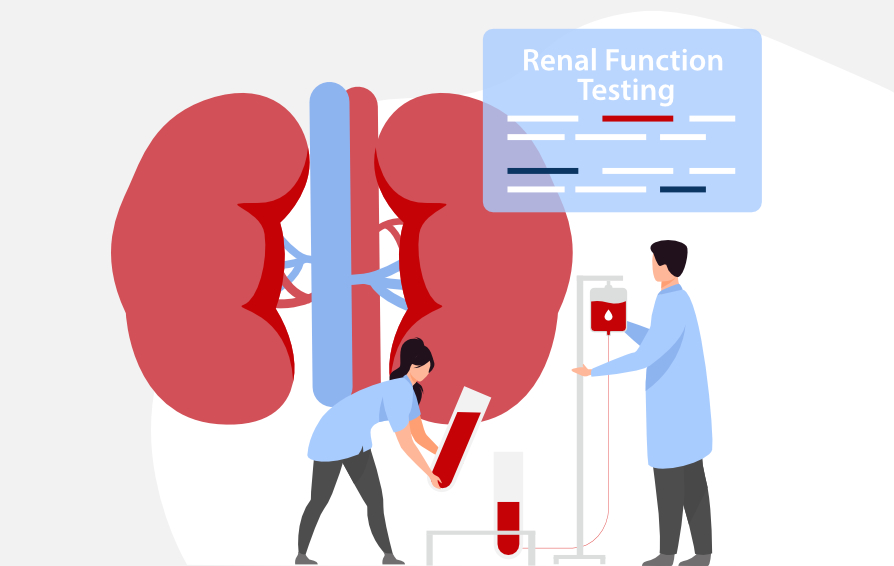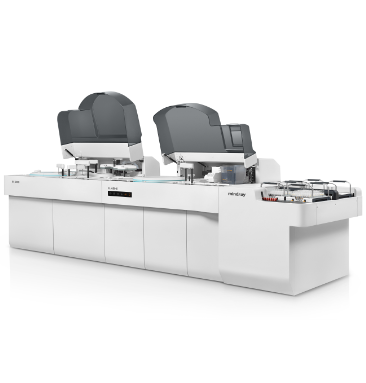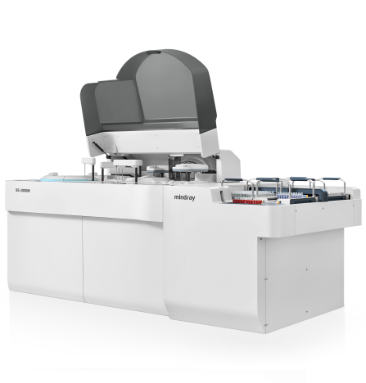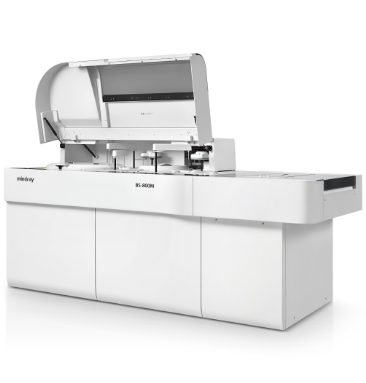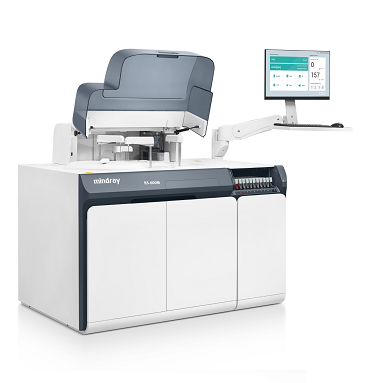Kidneys are extremely important in the maintenance of homeostasis. Despite the strong compensatory function of the kidney, 90% of the kidney functions can be lost without any symptoms.[1] Chronic kidney diseases eventually lead to renal failure, but early treatment can effectively slow down the progression, reducing the burden on patients and improving life quality.[2]
According to WHO, chronic kidney diseases affect more than 10% of the general population worldwide, amounting to more than 800 million individuals.[3] Even though chronic kidney disease is one of the top ten leading causes of death, in low- and middle-income countries/regions, its awareness rate is lower than 10%.[4]
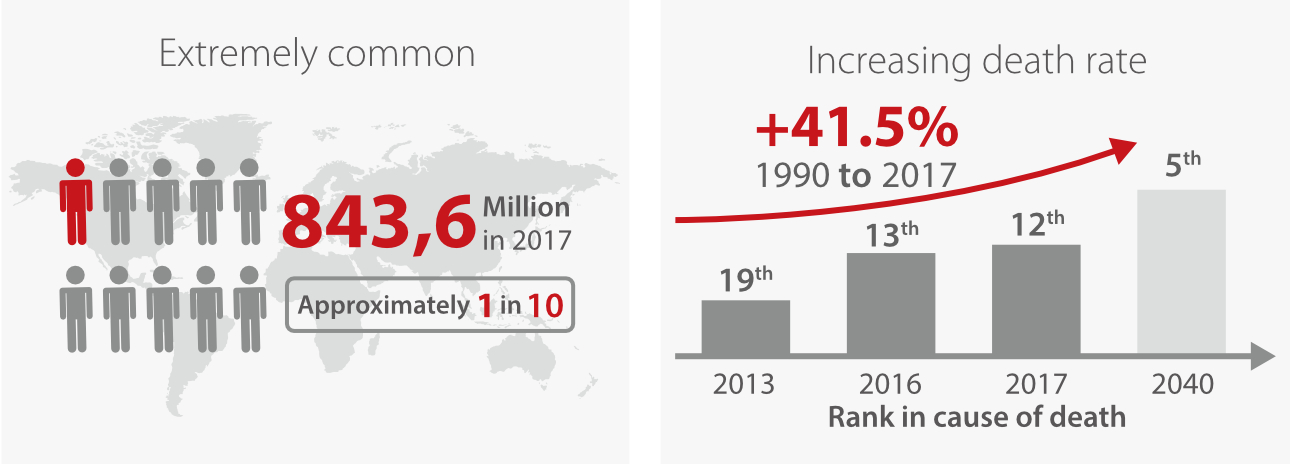
Renal examinations usually include urinalysis, renal function, and renal ultrasonography.[2]
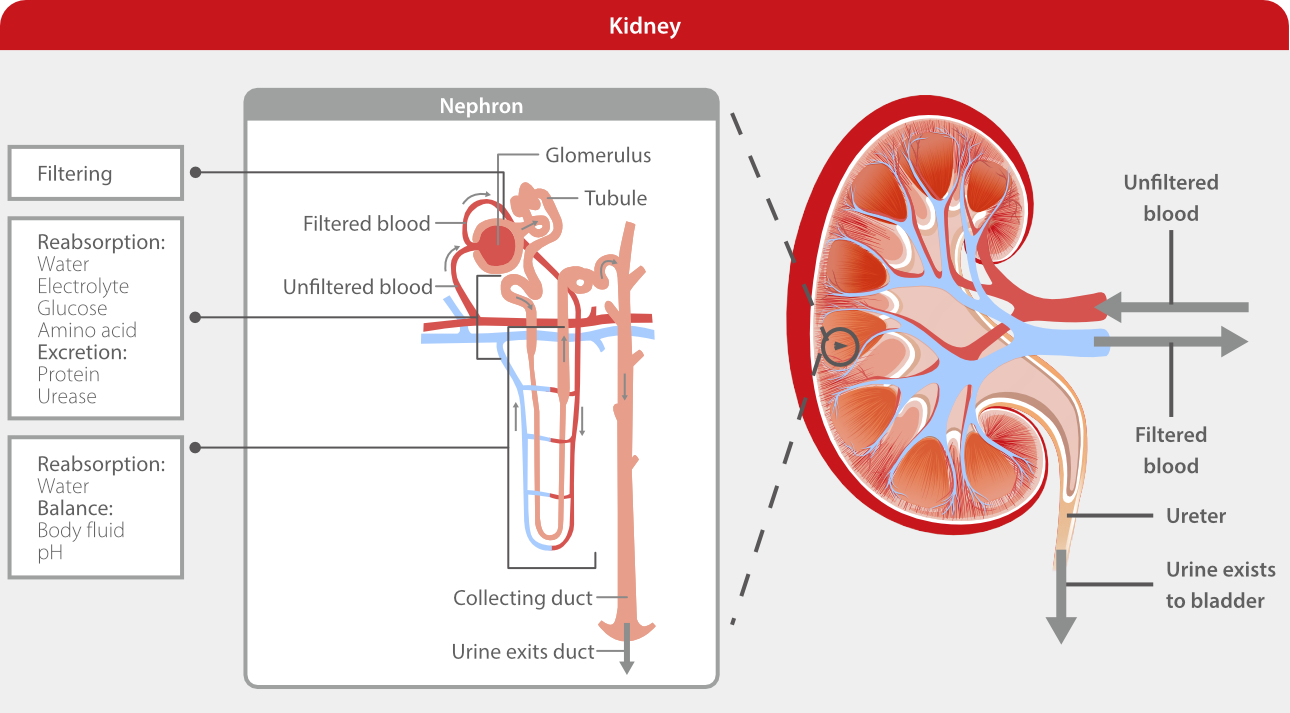
With ultrasound examinations, clinicians can observe the size and internal structure of the kidney to make judgments. In the case of abnormal symptoms, further laboratory tests is required to evaluate the kidney's condition.
As the first-step laboratory examination, urinalysis can easily monitor abnormal conditions such as hematuria and proteinuria. For a more comprehensive kidney function evaluation, more parameters should be provided.
The most significant functions of the kidney are filtration and reabsorption. Glomerulus and tubule are the basic functional units. The assessment of glomerular filtration requires the measurements of creatinine, cystatin-C (Cysc), uric acid, micro-albumin, and eGFR calculated based on blood tests; the assessment of tubular reabsorption and secretion requires the measurements of retinol-binding protein, β2 macroglobulin, and urea. Cysc and β2-macroglobulin are sensitive indicators in the diagnosis of renal injury, and their applications are increasing in renal injury screening.
Healthy people should receive renal function assessments once a year, while for the high-risk population, every six months. Besides creatinine, urea, uric acid, and other common indicators, it is highly recommended to check the biomarkers indicating early renal injury, including mALB, CysC, and β2-MG.[4]
Mindray provides a comprehensive kidney function testing panel to support the screening, early diagnosis, and monitoring of kidney diseases. Accompanied by the Mindray AAA testing system, the kidney function testing panel can greatly improve the test efficiency, shorten the TAT time and reduce the potential risk of errors.

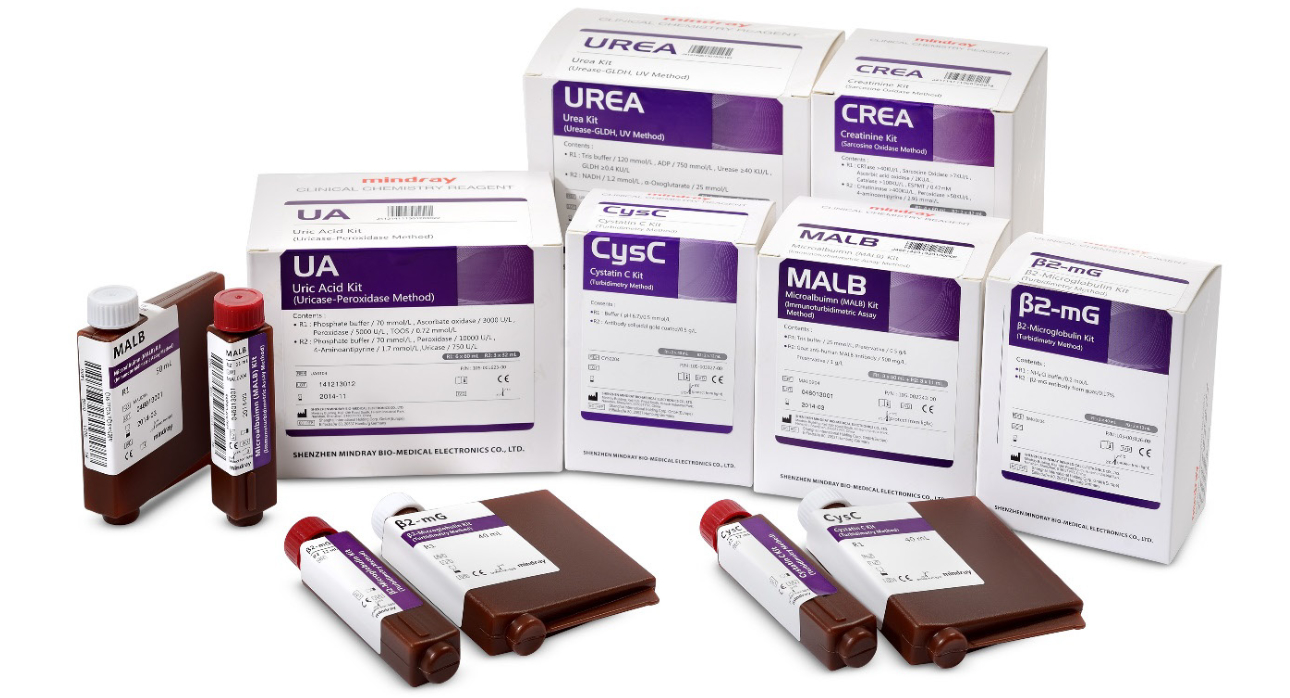
References
[1] Kidney Health Australia, Chronic Kidney Disease (CKD) Management in Primary Care: Guidance and clinical tips to help detect, manage and refer patients in your practice with CKD, 4th ed. 2020. Available at: https://kidney.org.au/health-professionals/ckd-management-handbook (accessed July 2022)
[2] Levin, A., & Stevens, P. E. (2011). Early detection of CKD: the benefits, limitations and effects on prognosis. Nat Rev Nephrol, 7(8), 446-457. https://doi.org/10.1038/nrneph.2011.86
[3] Kovesdy, C. P. (2022). Epidemiology of chronic kidney disease: an update 2022. Kidney Int Suppl (2011), 12(1), 7-11. https://doi.org/10.1016/j.kisu.2021.11.003
[4] Li, P. K., Garcia-Garcia, G., Lui, S. F., Andreoli, S., Fung, W. W., Hradsky, A., Kumaraswami, L., Liakopoulos, V., Rakhimova, Z., Saadi, G., Strani, L., Ulasi, I., Kalantar-Zadeh, K., & World Kidney Day Steering, C. (2020). Kidney health for everyone everywhere-from prevention to detection and equitable access to care. Kidney Int, 97(2), 226-232. https://doi.org/10.1016/j.kint.2019.12.002
